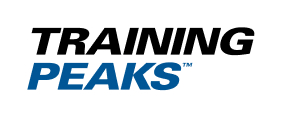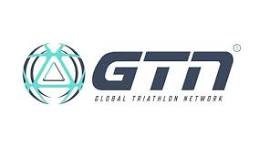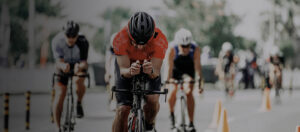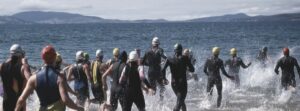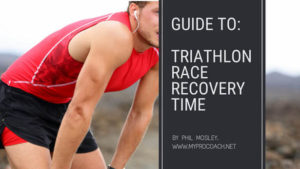An easy to understand, no-nonsense guide to triathlon nutrition…
As an online triathlon coach, one of the questions I’m most commonly asked is “which energy products should I use?”.
I can understand people’s confusion with triathlon nutrition because when I was a rookie triathlete I had no clue about nutrition either. I once did a Powerman Duathlon (10km run/60km bike/10km run) with nothing but a small bottle of Coke to get me through. By the halfway point I was so low on energy that I could barely cycle or run.
It was only after I did a University degree in Sports Science that I started to fully understand sports nutrition. I’m still no expert, but I certainly know more than I did before. It’s such a big and complex subject, so it’s no wonder that people find it hard to make the right choices.
With all that in mind, the idea behind this blog is to explain three key things:
1. The difference between fat and carbohydrate
2. What to eat before and during a race
3. The difference between energy gels, bars and drinks
1. The Difference Between Carbohydrate and Fat
During a triathlon, you’ll use two main types of fuel – carbohydrate and fat. Every decision you make about race-day nutrition will boil down to these two things.
Carbohydrates include a whole range of food types, from simple sugars like Coke all the way through to things like rice and pasta. Fats are found in a range of foods such as fish, butter, meat, avocado and olive oil.
Carbohydrates and fat both give you fuel, but not in the same way. Let me explain…
Phil’s Toyota Fuel Analogy
Imagine a Toyota Prius car. In case you don’t know, it’s one of those environmentally friendly “hybrid” cars that use both petrol AND electric power.
When you drive a Prius slowly around town, you’ll notice it’s the electric motor that does all the driving. However, when you get out on the open roads the petrol engine kicks in, powering you to faster speeds.
Well, your body is a bit like that Toyota Prius.
For all the slow stuff like long-distance cycling, you use more fat as fuel. And for higher intensities such as a 5km run race, you’ll use more carbohydrate.
That’s how our bodies work. Fat is our long-lasting, slow fuel. Whereas carbohydrate is our fast fuel that runs out quickly.
Our bodies know this. So for short, fast triathlons, you’ll use a higher ratio of carbohydrate versus fat.
On the other hand, for long triathlons or training sessions, you’ll use a greater ratio of fat to carbohydrate.
Still with me?
I remember my University nutrition lecturer telling us that the average human has enough stored body fat to walk 40,000 miles! I don’t know if that’s true, but I do know that we all have plenty enough fat to get us through an Ironman triathlon.
On the other hand, I know that our carbohydrate stores will run out after around 70 to 90 minutes of intense exercise. And therefore we need to supplement them during a race or a hard training session if we’re to perform at our best. Here’s how…
2. What To Eat Before And During A Race
The Evening Before
The evening before a race you’ll need to eat a carbohydrate-based dinner – something easy like pasta and sauce. Do not be tempted to eat lots of meat and vegetables, because the meat won’t provide any meaningful race fuel and the vegetables might give you stomach upsets when you run. Normally meat and vegetables are fine, just not right now.
Also, don’t eat more than usual, just your normal plateful is fine. Just a plate full of pasta and tomato sauce. No need for gluttony.
The Morning Before
On race morning, consume a carbohydrate-based breakfast 3-4 hours before the start, such as a big bowl of oatmeal porridge and honey, or three to four slices of toast. You could also sip a carbohydrate energy drink throughout the morning.
Personally, I eat three PowerBar Energize bars instead. It just saves me worrying about preparing breakfast. But that’s just me.
During The Event
What you consume during a triathlon depends on the event you’re doing.
If you’re racing a sprint triathlon, you don’t need much carbohydrate because it’s so short. You might benefit from sipping an energy drink on the bike and having a gel on the run.
For longer events, you’ll need to sip water regularly (particularly if you’re sweating a lot) and consume 40-70g of carbohydrate per hour. The bigger you are, the more you should consume within that 40-70g range. To give you some idea, 40g equates to two energy gels.
The best way to consume carbohydrate is little and often so that it’s more palatable. Try setting a countdown alarm to remind you every 10-minutes so that you don’t forget to eat in the excitement of the race.





